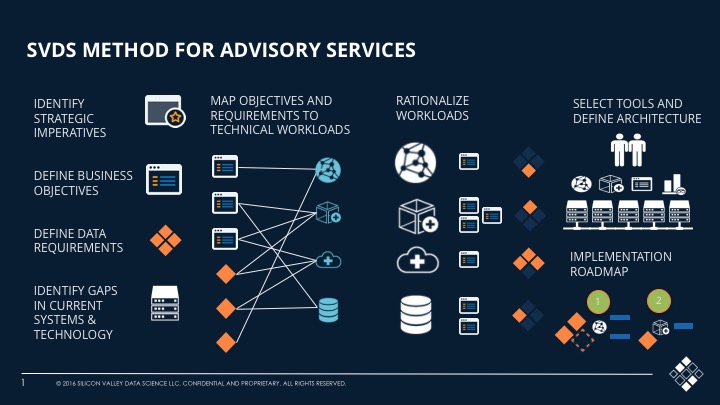Previous Article
Wearable Medical Device — Architecture Advisory

Summary
A leading medical device company wanted to shift is emphasis from devices to data, and needed a more interoperable architecture.
Silicon Valley Data Science designed and developed a unified architectural vision for the client’s data platform, creating the capability for further growth.
Background and Business Problem
SVDS was engaged by a medical device company that provides a chronic disease monitoring solution. The client’s Internet of Things (IoT) platform includes a receiver with disposable sensors and transmitters, and offers web and mobile solutions for patients, caregivers, and clinicians to share, view, and assess device-generated data.
The company’s leadership needed to change their focus from device to data. This became obvious as they grew their user base, evolved their commercial offering, added more engagement channels, and developed new partnerships in the market. These events exploded the volume and variety of transactional, customer, and device data.
Initially defined by each business function, architectural silos were not prepared for interoperability or cross-functional analysis. Further, given the narrow focus of the function-specific designs, there was no plan in place for larger storage needs. The company asked SVDS to design a new architecture to integrate, analyze, and expose the expanding data from the following areas:
- manufacturing, support, and sales teams
- patient-generated data from IoT devices and mobile applications
- third-party and partner data via direct feeds, batch uploads, and APIs
This new architecture needed to enable our client to create new data products and services, while not negatively impacting operations or the customer experience. The client also needed clear paths from where they currently were, to the desired architecture.
Solution
We started with a set of use cases representative of the types of future capabilities the client wanted. These included manufacturing, quality, sales, distribution, and streaming device log files. For each use case we identified:
- key business drivers
- current technical capabilities that delivered similar functionality
- unmet needs requiring new capabilities
- considerations for a future architecture to support the business
- engineering requirements for for next-generation IoT devices
From these observations, we defined an architecture for the client that could:
- ingest manufacturing, commercial sales, distribution, customer service, and consumer mobile platform data, allowing analysis across the business domains
- enable exploratory data science and creation of new data products for patient, partner, and company benefit
- securely expose services and continuous stream of data to third parties in the ecosystem
We designed the architecture components based on guiding-principle characteristics such as cloud-based, distributed, open source, polyglot, and the ability to satisfy prioritized technical workloads for the use cases.
Beyond the architecture itself, we developed a phased roadmap that could:
- adapt to shifting market dynamics and evolving technologies
- force decision points when implementing specific capabilities
During the technical development phases, we made sure to address business objectives and enable product development choices, thus ensuring that the target architecture served the client’s business needs. Prioritized platform investment recommendations laid out how to rapidly build a new distributed data platform using Hadoop.






